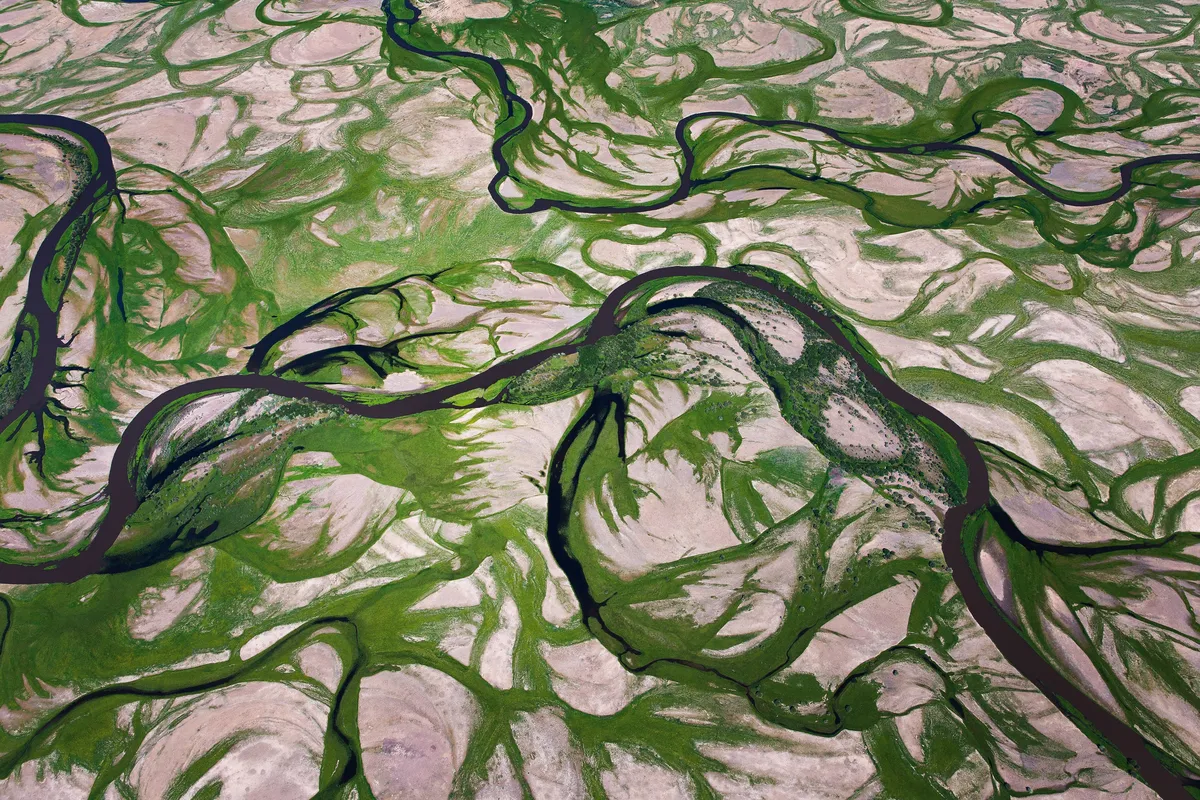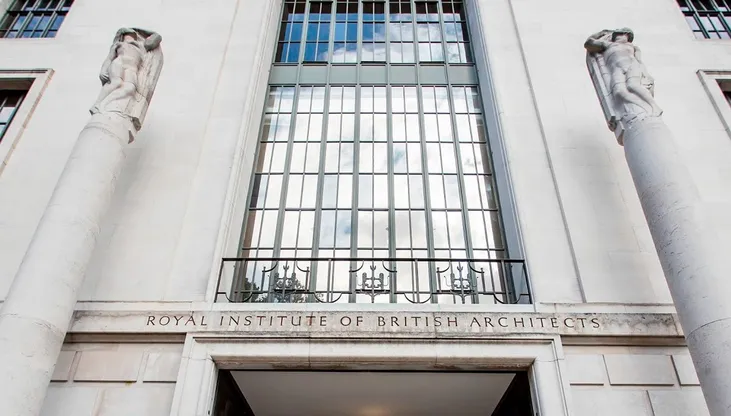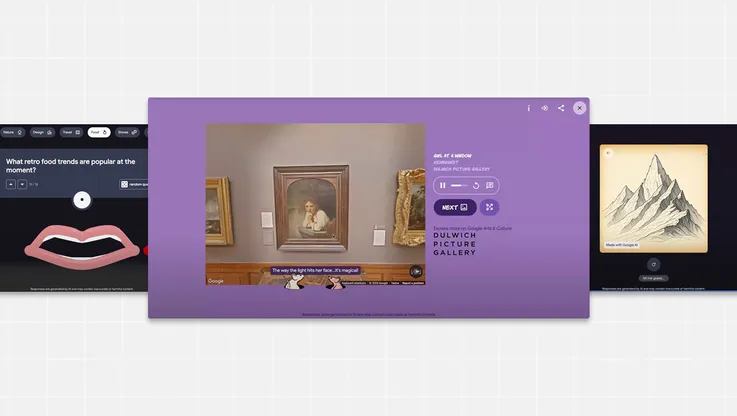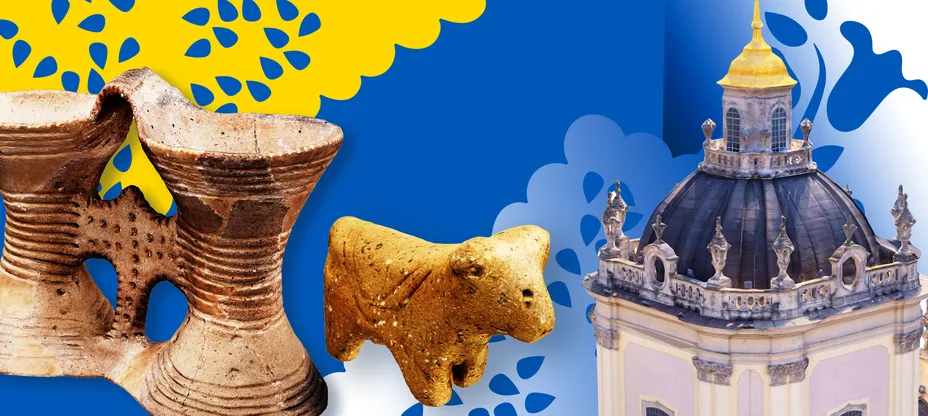Discover Mongolia’s heritage and traditions on Google Arts & Culture

Nestled in the heart of Central Asia, Mongolia is a land of boundless steppes, nomadic traditions and centuries of civilizations. From the intricate artistry of thangka paintings to the haunting melodies of traditional instruments, Mongolia's cultural treasures offer a glimpse into its unique history and identity.
As Mongolia celebrates National Flag Day and kicks off the Naadam festival, a traditional Mongolian celebration featuring wrestling, archery and horse racing, we invite you to explore Magnificent Mongolia, now available on Google Arts & Culture. This hub brings together more than 50 expertly-curated stories from seven institutions as a first step of our ongoing partnerships. Join us in celebrating our cultural treasures through these sights and stories:
1. Uncover the artistry of paintings
Mongolian thangka paintings are filled with symbolism, vibrant colors and detailed depictions of Buddhist deities and scenes. Visit the Fine Arts Zanabazar Museum to view their collection of thangka paintings, as well as masterpieces depicting Mongolian traditions. Or, head over to the National Art Gallery for some surrealist and contemporary works by masters like Enkhjargal Tsagaandari and Tsebegjav Ochir.

Twelve deeds of Shakyamuni Buddha from the collection of The Fine Arts Zanabazar Museum
2. Go on a virtual field trip
Start off at the National Museum of Mongolia, established in 1924 as the first museum in Mongolia. Here, you can learn about their prehistoric tools and instruments, or the ancient Mongolian empires from the 3rd to the 12th centuries. Stop by the Bogd Khaan Palace Museum, the former home of Mongolia’s last emperor, where you can learn about the Buddhist history and art in Mongolia. Lastly, finish off at the Landscapes of Dauria, where you might spot some migratory animals if you’re lucky.

Temple of Arkhats from the collection of The Bogd Khaan Palace Museum
3. Learn about the history
If you’re a history buff, you’ve come to the right place. From late bronze-age deer stone monuments inscribed on the UNESCO World Heritage list to ancient tools and objects that guide you through Mongolia’s traditions and nomadic life, each artifact offers a glimpse into the heritage of past generations.

The stone statues of Lamt from the collection of the Ministry of Culture, Mongolia
4. Trace the evolution of writing and printing
As early as 12,000 years ago, petroglyphic complexes discovered in the north-west Mongolian province of Bayan-Ulgii showcase detailed rock art depicting life in prehistoric times. The Duut Rock inscriptions and Dorje Zodpa Sutra are some of the earliest forms of writing and printing found in Mongolia.

Kanjur Written in Nine Jewels from the collection of the Ministry of Culture, Mongolia
Embark on your virtual journey to Mongolia at goo.gle/MagnificentMongolia on Google Arts & Culture, or download the app on Android or iOS..







